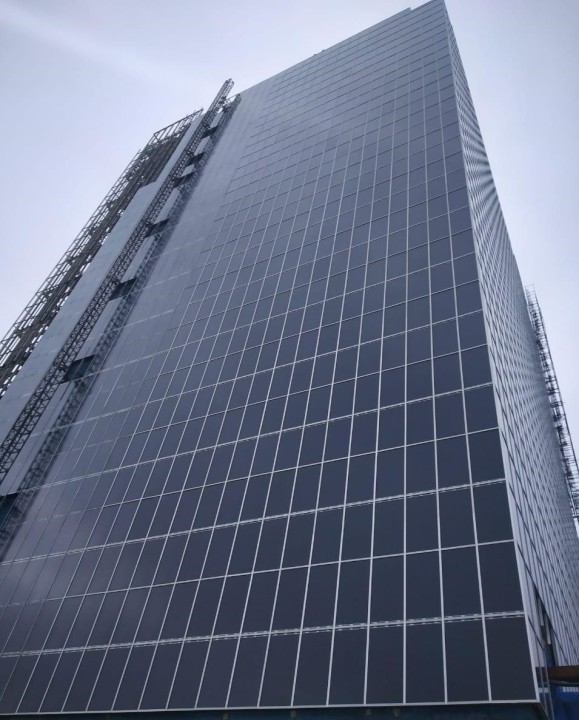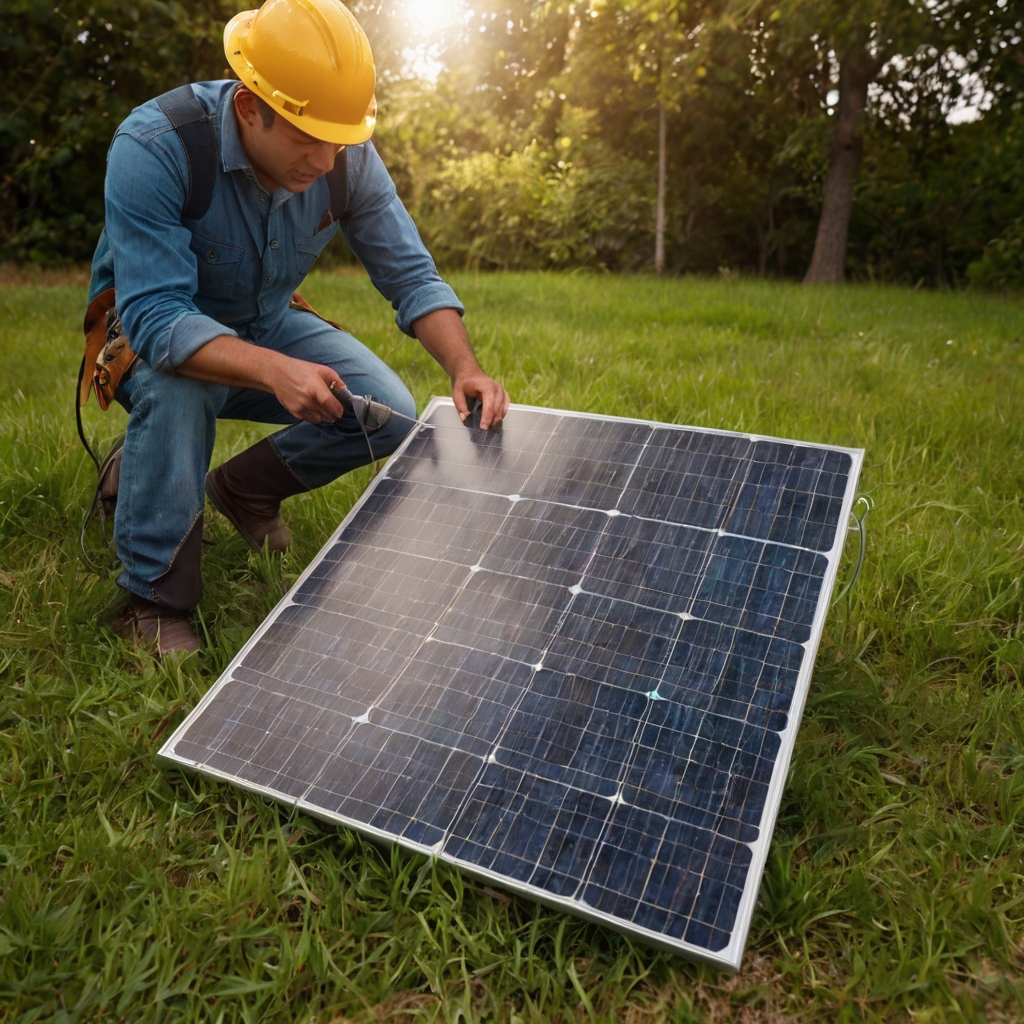As more homes and businesses switch to solar energy, understanding how solar systems are wired becomes increasingly important. While solar panels often get the spotlight, the electrical wiring is what ensures your system operates efficiently and safely.
As more homes and businesses switch to solar energy, understanding how solar systems are wired becomes increasingly important. While solar panels often get the spotlight, the electrical wiring is what ensures your system operates efficiently and safely. In this blog, we’ll explore the essentials of electrical wiring in solar systems—from key components to common configurations and safety best practices.


Solar panels generate direct current (DC) electricity, but most homes and appliances run on alternating current (AC). To convert and deliver this power effectively, your solar system needs a well-designed wiring setup. Proper wiring:
Here are the essential components involved in wiring a solar system:
These generate DC electricity and are wired together in series, parallel, or a hybrid configuration, depending on system design.
This device combines outputs from multiple strings of solar panels and routes them to the inverter. It often contains fuses or breakers for safety.
Converts DC electricity into AC electricity for home or business use. There are different types: String inverters, micro inverters & Hybrid inverters (support battery storage)
Regulates voltage and current coming from the solar panels to prevent battery overcharging.
These allow technicians to safely isolate parts of the system during maintenance or emergencies.
Grounding is critical to prevent electric shock and damage. It ensures excess electricity safely dissipates into the earth.
Wire size and type matter for both performance and safety. Undersized wires cause voltage drop and energy loss.
Wires must be rated for:
Your installer will calculate the appropriate American Wire Gauge (AWG) based on current, voltage, and distance.
Solar installations must follow national and local codes, including:
A licensed electrician or certified solar installer ensures your system meets these requirements.

Electrical wiring is the backbone of a functional solar system. While panels generate power, it’s the wiring that transports it efficiently and safely to your home or the grid. A well-wired system enhances performance, reduces energy losses, and ensures compliance with safety standards.